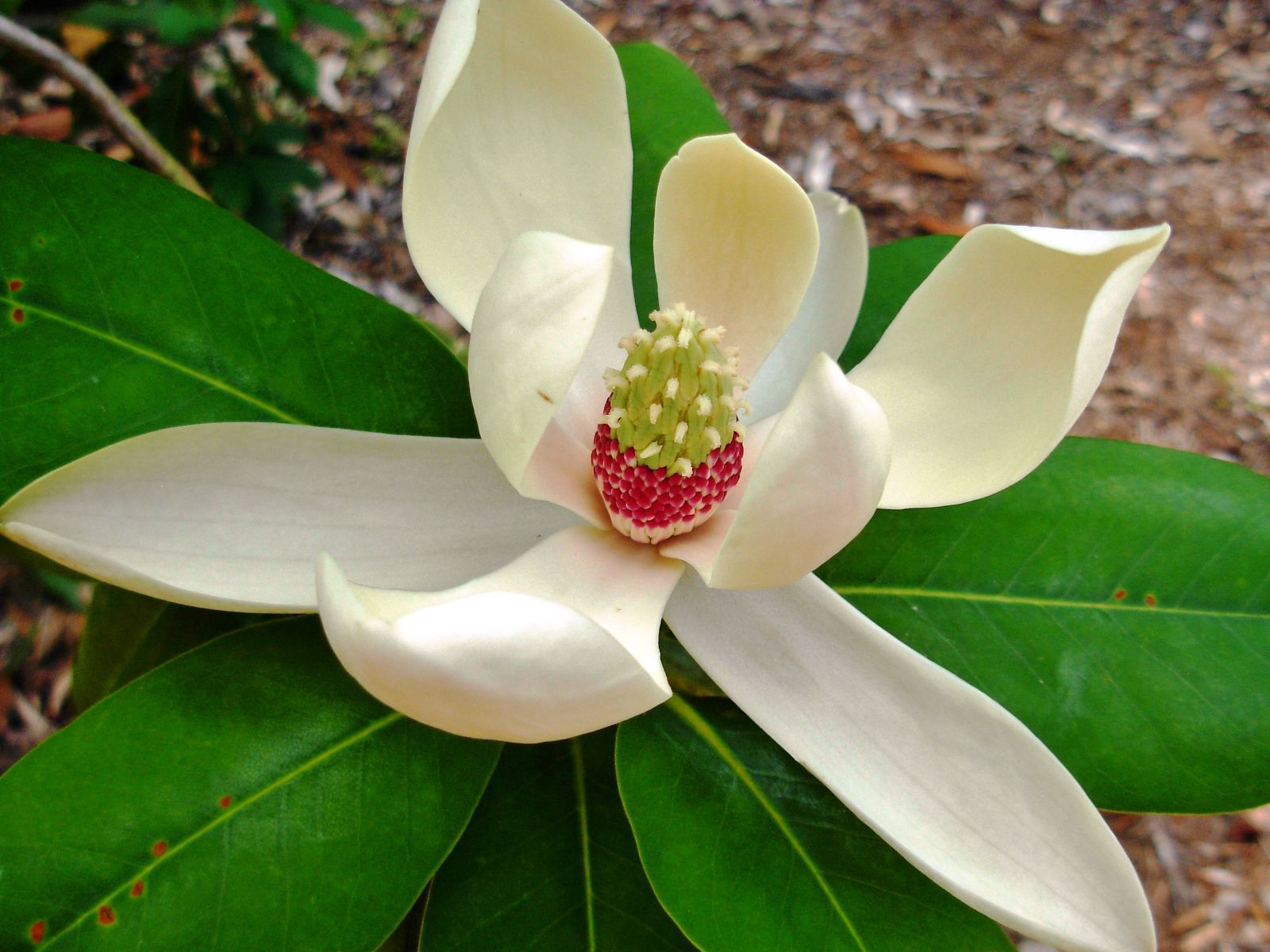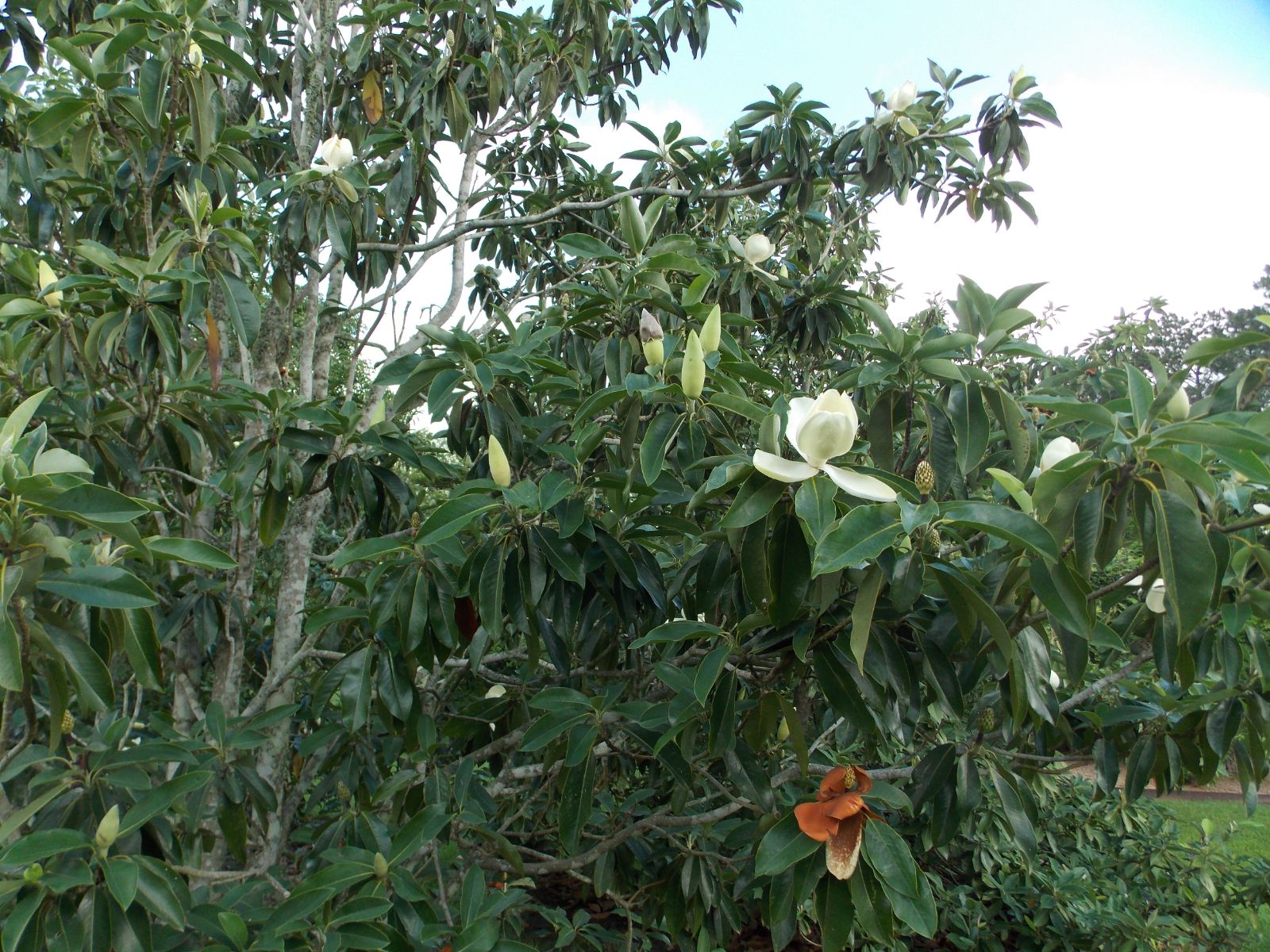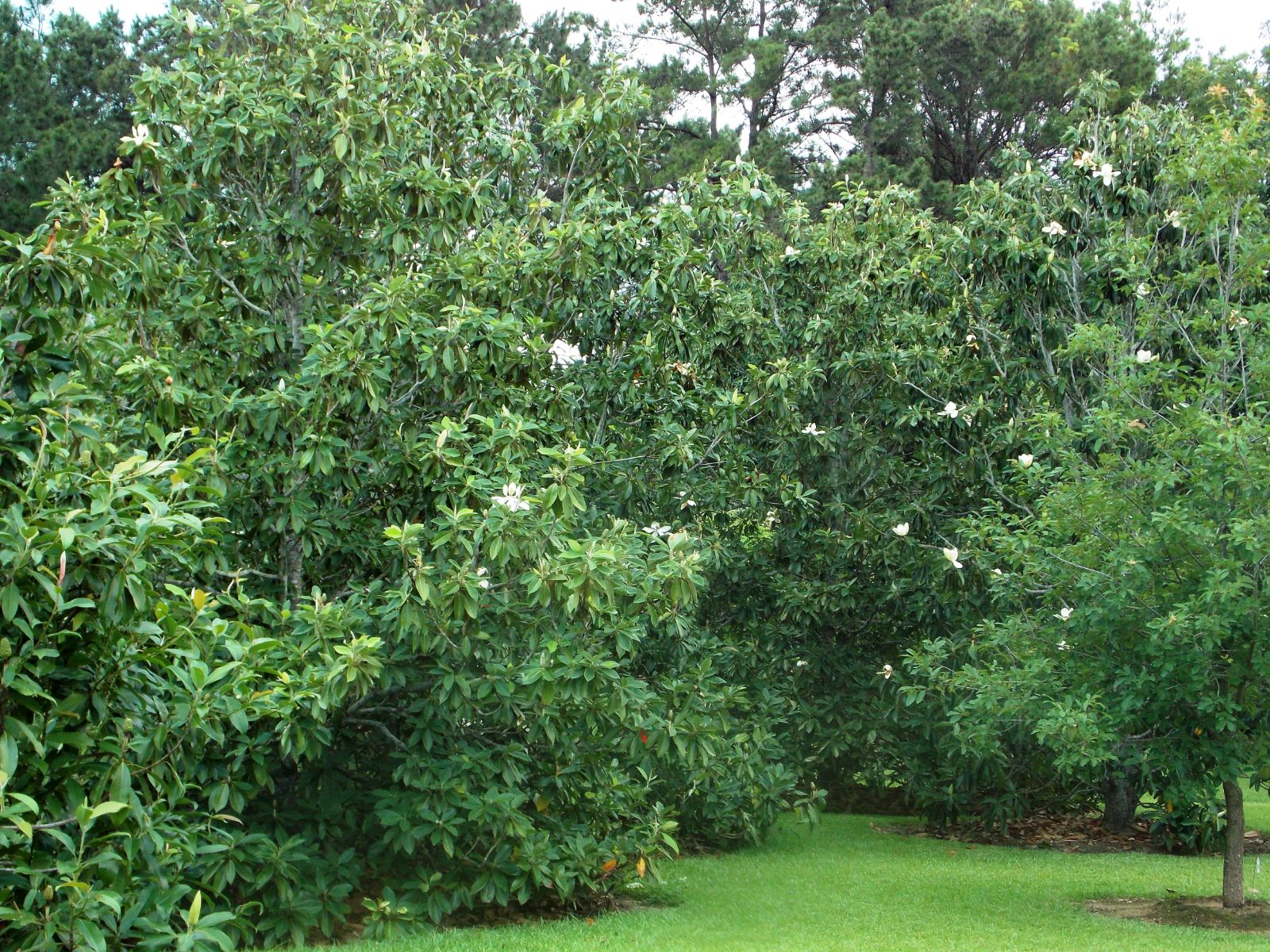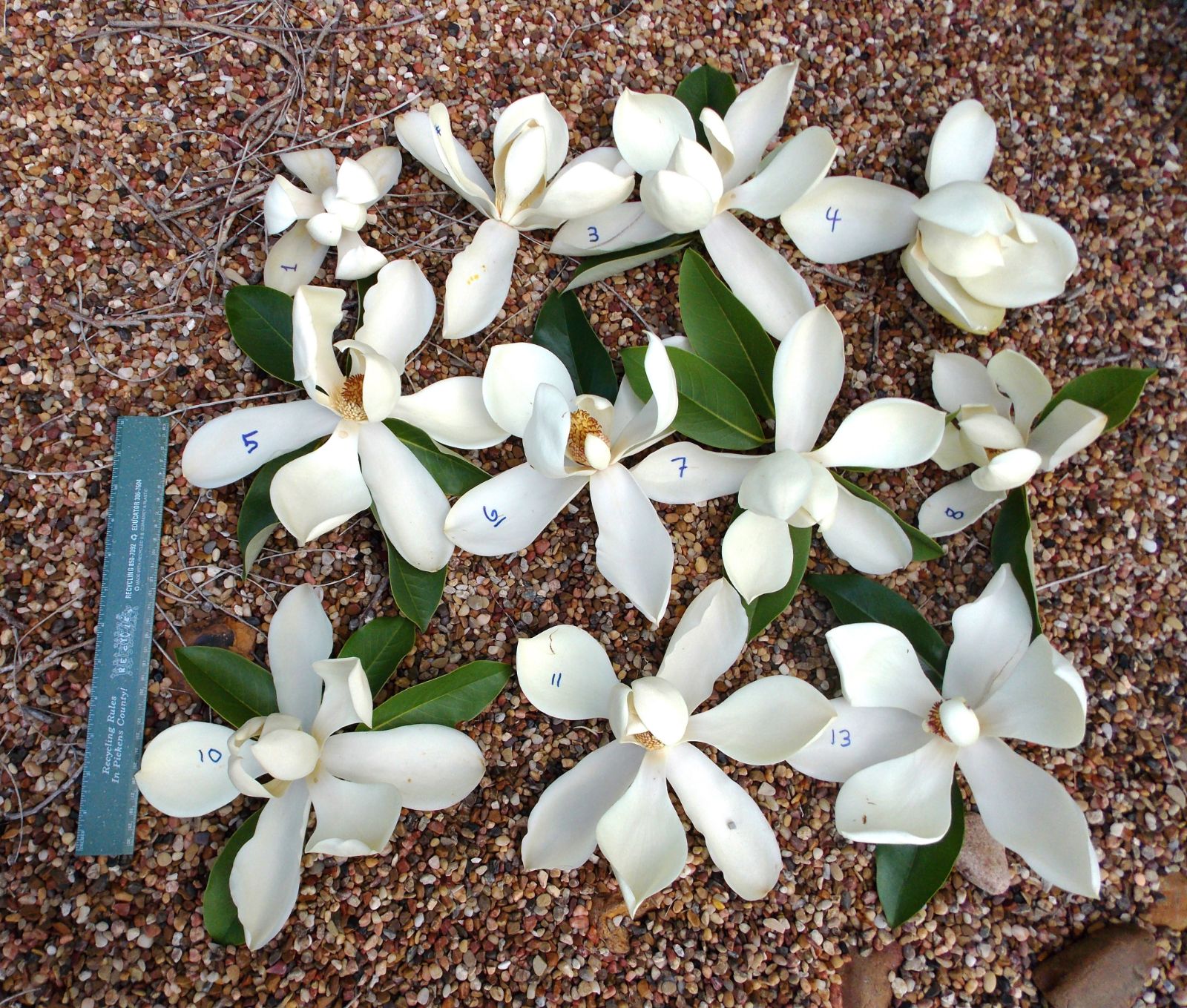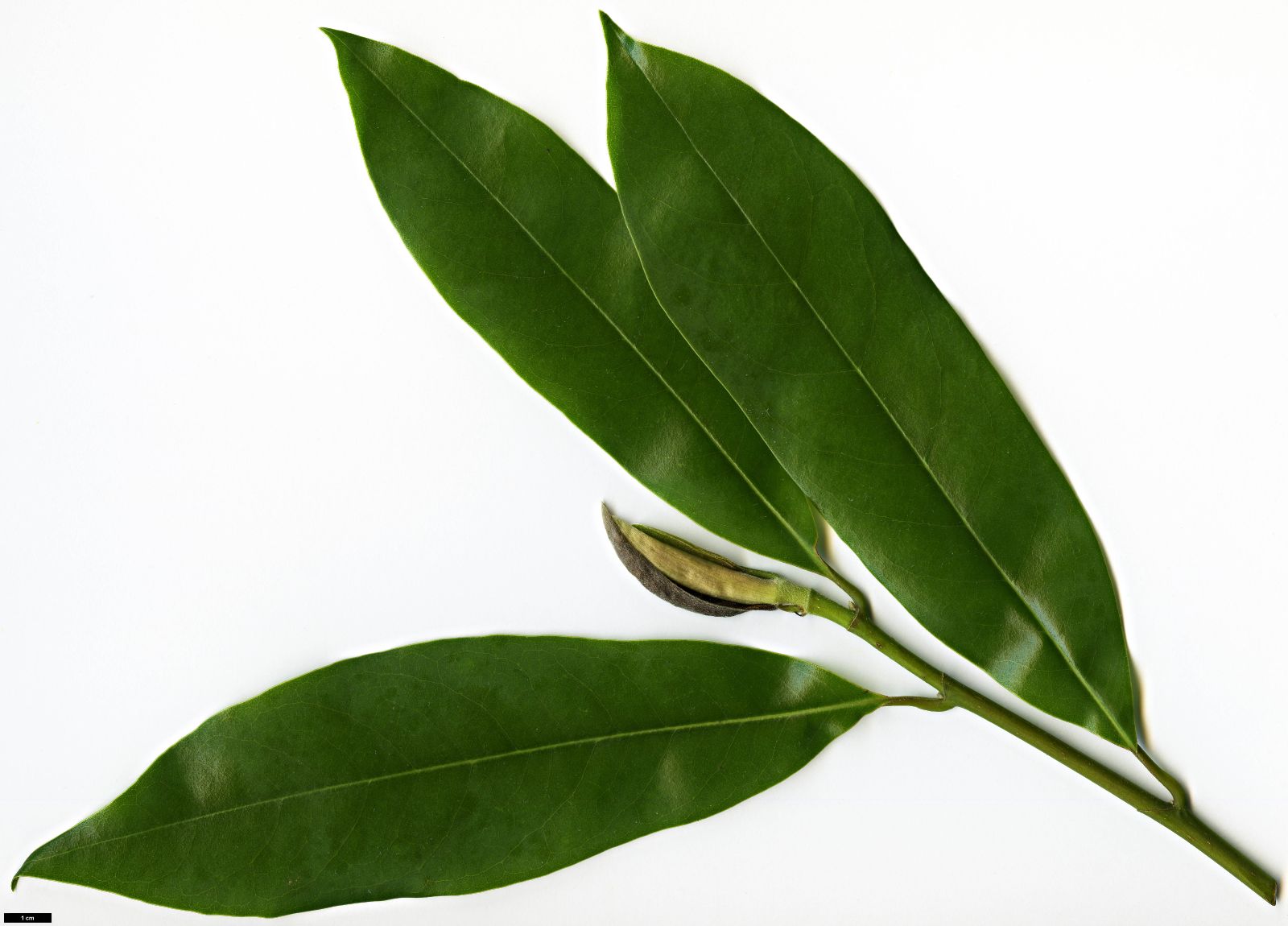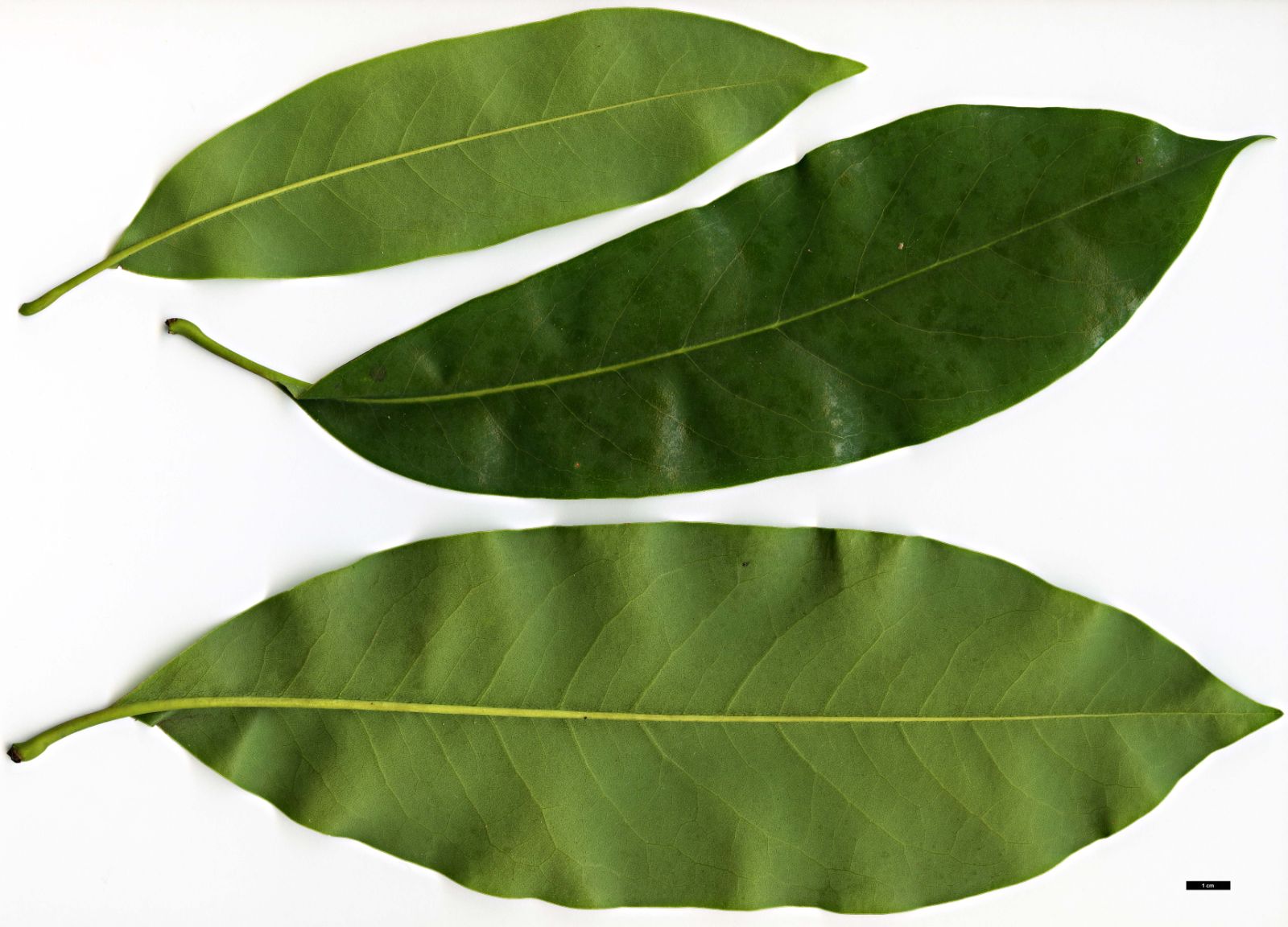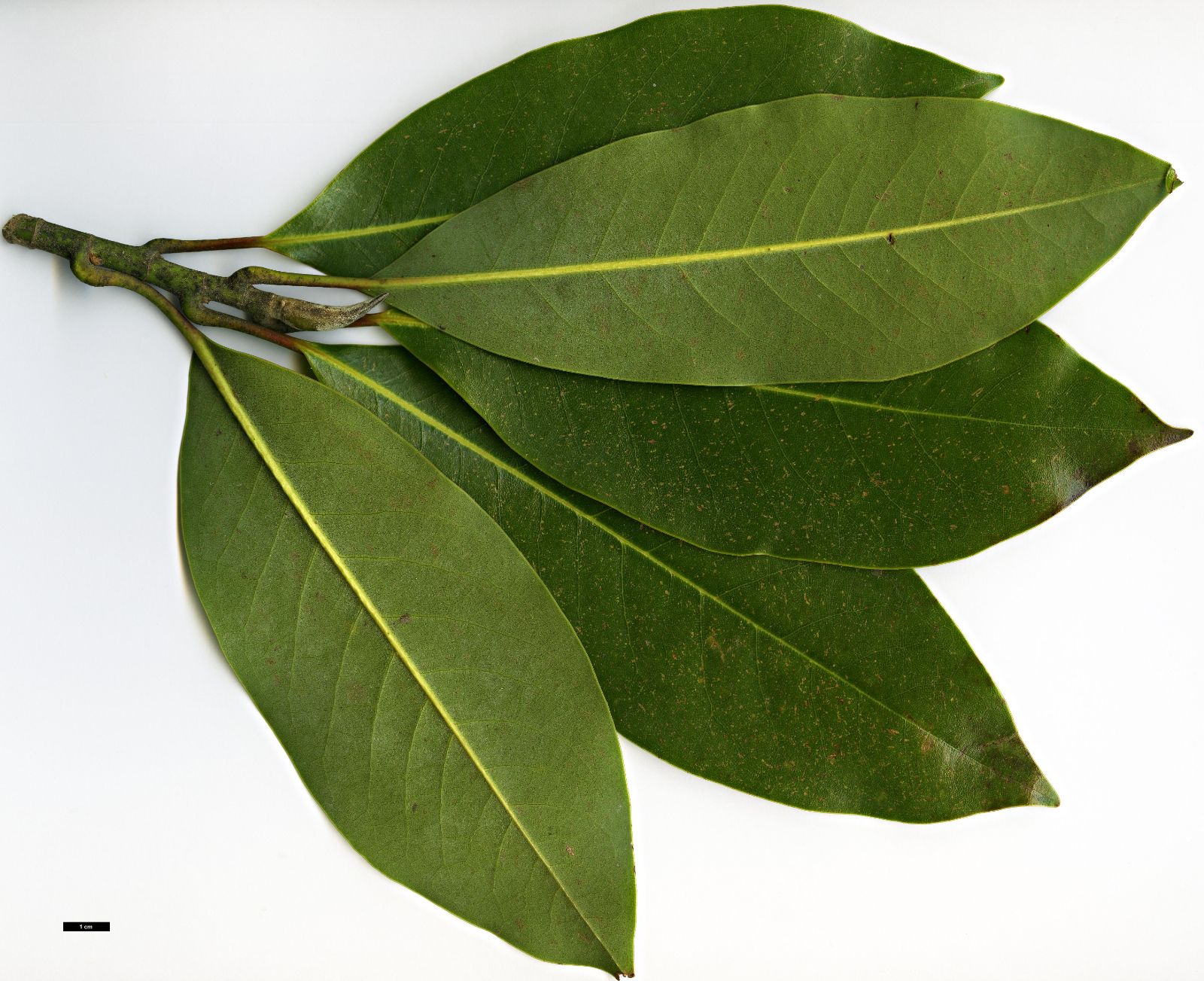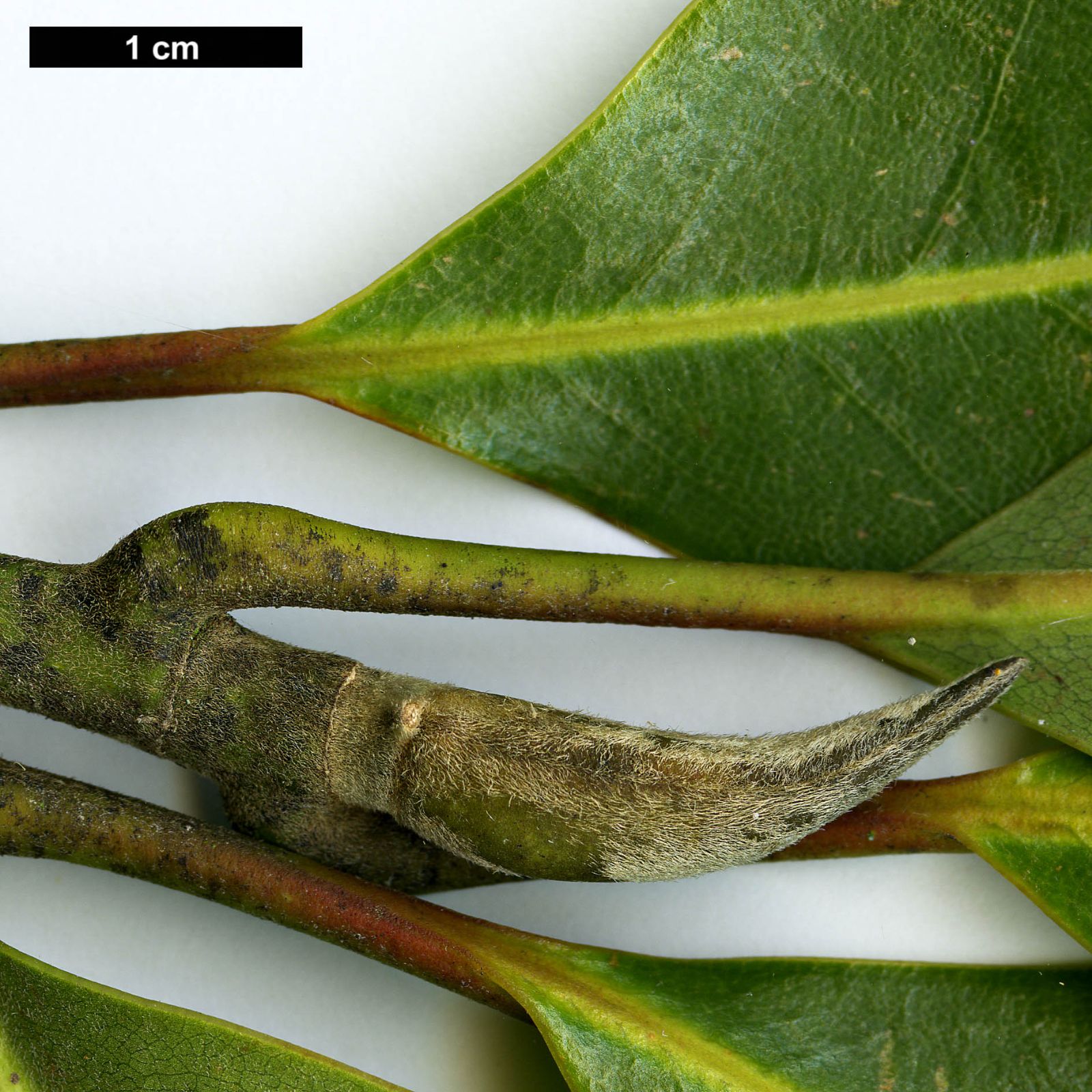Magnolia tamaulipana
Sponsor
Kindly sponsored by
The Roy Overland Charitable Trust

Credits
Julian Sutton (2022)
Recommended citation
Sutton, J. (2022), 'Magnolia tamaulipana' from the website Trees and Shrubs Online (treesandshrubsonline.
Genus
- Magnolia
- Section Magnolia
Infraspecifics
Other taxa in genus
- Magnolia acuminata
- Magnolia × alba
- Magnolia amabilis
- Magnolia amoena
- Magnolia aromatica
- Magnolia biondii
- Magnolia × brooklynensis
- Magnolia campbellii
- Magnolia cathcartii
- Magnolia cavaleriei
- Magnolia caveana
- Magnolia champaca
- Magnolia changhungtana
- Magnolia chapensis
- Magnolia compressa
- Magnolia conifera
- Magnolia Cultivars A
- Magnolia Cultivars B
- Magnolia Cultivars C
- Magnolia Cultivars D
- Magnolia Cultivars E
- Magnolia Cultivars F
- Magnolia Cultivars G
- Magnolia Cultivars H–I
- Magnolia Cultivars J
- Magnolia Cultivars K
- Magnolia Cultivars L
- Magnolia Cultivars M
- Magnolia Cultivars N–O
- Magnolia Cultivars P
- Magnolia Cultivars Q–R
- Magnolia Cultivars S
- Magnolia Cultivars T
- Magnolia Cultivars U–V
- Magnolia Cultivars W–Z
- Magnolia cylindrica
- Magnolia dandyi
- Magnolia dawsoniana
- Magnolia de Vos and Kosar hybrids
- Magnolia decidua
- Magnolia delavayi
- Magnolia denudata
- Magnolia doltsopa
- Magnolia duclouxii
- Magnolia ernestii
- Magnolia figo
- Magnolia floribunda
- Magnolia × foggii
- Magnolia fordiana
- Magnolia foveolata
- Magnolia fraseri
- Magnolia fulva
- Magnolia globosa
- Magnolia × gotoburgensis
- Magnolia grandiflora
- Magnolia grandis
- Magnolia Gresham hybrids
- Magnolia guangdongensis
- Magnolia hookeri
- Magnolia insignis
- Magnolia Jury hybrids
- Magnolia × kewensis
- Magnolia kobus
- Magnolia kwangtungensis
- Magnolia laevifolia
- Magnolia lanuginosa
- Magnolia leveilleana
- Magnolia liliiflora
- Magnolia × loebneri
- Magnolia lotungensis
- Magnolia macclurei
- Magnolia macrophylla
- Magnolia martini
- Magnolia maudiae
- Magnolia nitida
- Magnolia obovata
- Magnolia officinalis
- Magnolia opipara
- Magnolia × proctoriana
- Magnolia × pruhoniciana
- Magnolia rostrata
- Magnolia salicifolia
- Magnolia sapaensis
- Magnolia sargentiana
- Magnolia sieboldii
- Magnolia sinensis
- Magnolia sinica
- Magnolia sinostellata
- Magnolia × soulangeana
- Magnolia sprengeri
- Magnolia stellata
- Magnolia × thomsoniana
- Magnolia tripetala
- Magnolia × veitchii
- Magnolia virginiana
- Magnolia × wieseneri
- Magnolia wilsonii
- Magnolia xinganensis
- Magnolia yunnanensis
- Magnolia yuyuanensis
- Magnolia zenii
Tree 20–30 m, 0.4–0.5 m dbh. Bark rough and grey. Branchlets densely covered in pale yellow silky hairs. Leaves evergreen, (10–)12–20(–23) × (4.5–)5–9 cm, narrowly oblanceolate to elliptic, upper surface lustrous green and glabrous, lower surface pale green to glaucous and sparsely pubescent, ~10–15 secondary veins on each side of the midrib, margins entire, apex abruptly acute to acuminate; petiole 1–4.2 cm long, glabrous; stipules linear, 4.8–7 cm long, densely covered with dark brown or yellow silky hairs. Flowers terminal, creamy white, 12–15 cm diameter; peduncle densely greenish-hairy. Sepals three, oblong-obovate, concave, 6.5–9.6 × 3–4.5 cm, whitish green; petals six, obovate, 4.5–9 × 2–4.5 cm; stamens 140–145, pale yellowish green; gynoecium sessile with (38–)53–57(–73) carpels. Fruits 5–9 × 2.3–4.5 cm, roughly ovoid; ripe carpels to 2.7 cm long, dehiscing along a dorsal suture. Flowering May to July, fruiting September (Mexico). Hexaploid 2n=114. (Vázquez-Garcia 1994).
Distribution Mexico Nuevo Léon, Tamaulipas (Sierra de Guatemala)
Habitat Deciduous cloud forest in deep canyons, 700–1900 m.
USDA Hardiness Zone 7-10
RHS Hardiness Rating H4
Conservation status Endangered (EN)
A close relative of the familiar Magnolia grandiflora, this north east Mexican rarity is quietly becoming established in North American and European gardens, but is unlikely to challenge the Southern Magnolia’s status as a garden classic.
The approximately 27 species of Section Magnolia are spread across Mexico, Central America and the southern United States; many new species have been described over recent decades. They seem to be the result of allopatric speciation from a widespread common ancestor (Vázquez-Garcia 1994). M. tamaulipana is probably the closest living relative of M. grandiflora, but differs from it in several technical ways, as well as looking quite different: it has fewer carpels (38–73 vs. 75–90) and stamens (140–145 vs. >250) per flower, the outer tepals are shorter (6.5–9.5 cm vs. 10.5–14.5 cm), and the lower surface of the leaf is covered in minute hairs, rather than the dense, reddish silky hairs so distinctive in M. grandiflora. In horticultural terms M. tamaulipana has the advantage of bronzed or coppery new leaves in some clones, but the growth is usually a bit gawky, not forming a solid mass of foliage. The related M. schiedeana is a smaller tree with a rather more southerly range in Querétaro, Hidalgo, Veracruz, Guerrero and Oaxaca; it has glabrous branchlets, smaller flowers and fewer floral parts. M. tamaulipana has in the past been collected under this name, and M. schiedeana itself is probably not grown in our area (a 1984 seed introduction by James Russell to Britain from Veracruz (Clarke 1988) seems to have come to nothing).
Described scientifically as late as 1994, M. tamaulipana is known from just 5 locations. The reasons for its great rarity and ongoing decline are unknown, but probably include deforestation and perhaps climate change (IUCN 2021).
The flowers are large and sweetly scented, but narrower in outline than those of M. grandiflora, with the tepals being a dirtier white, pinkish brown on their exterior surfaces. They open in the morning and close at night, being male-fertile in the first day and female-fertile during the second: every species of Section Magnolia so far investigated, except M. virginiana, follows this same diurnal pattern (R. Figlar pers. comm. 2022). In a Tamaulipas population, Dieringer et al. (1999) found a remarkably specific pollination system. The major pollinators were a very few species of scarab and staphylinid beetle, the floral reward for scarabs being carbohydrate-rich, low-fibre tepals, while staphylinids fed on pollen. The flowers generated heat which presumably increases scent dissipation; large flowers became warmest (hence a potential selective pressure on flower size), while temperature declined over time. Scarabs were preferentially attracted by the warmest temperatures, during the female phase of the flower.
It has proved to be remarkably hardy in our North American area, flourishing on the East Coast at least as far north as North Carolina, and on the West Coast as far north as Seattle, surviving brief spells at around –12°C (–18°C in ‘Bronze Sentinel’). This surprising tolerance to cold is explained by the fact that weather fronts carrying cold air from Canada sometimes reach central Mexico, to the extent that many species there are well adapted to cold (Hogan 2008). The other side of the coin, however, is that M. tamaulipana does appreciate a hot summer to flourish. The oldest known cultivated specimen is at Washington Park Arboretum, Seattle, from Meyer & Rogers 2793 of 1948. The tree has flowered there since 1971, and was nearly 9 m tall by 2008 (Hogan 2008). Of several more recent collections, the one giving rise to ‘Bronze Sentinel’ (see below) is the most horticulturally significant.
The species has had a small commercial distribution in Europe. A specimen at Caerhays Castle, Cornwall first flowered in 2019 (Caerhays Estate 2020).
'Bronze Sentinel'
Narrow crown; young leaves bronze, purplish in cold weather, gradually turning dark green. Collected in the early 1990s as cuttings in Mexico by John Fairey and Carl Schoenfeld of Yucca Do Nursery, Texas. Unaffected by frost to –18 °C, although damaged by persistent low temperatures (Grimshaw & Bayton 2009).

